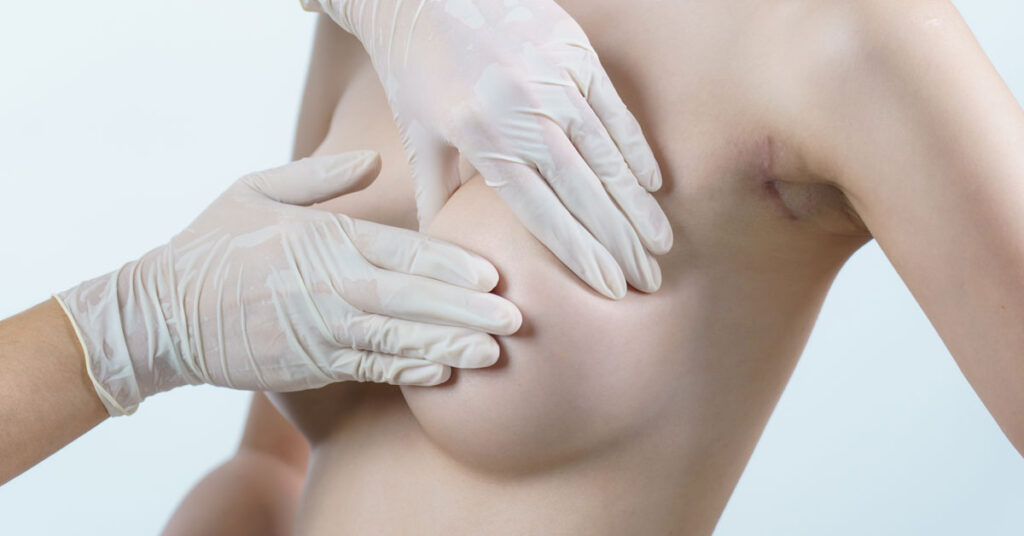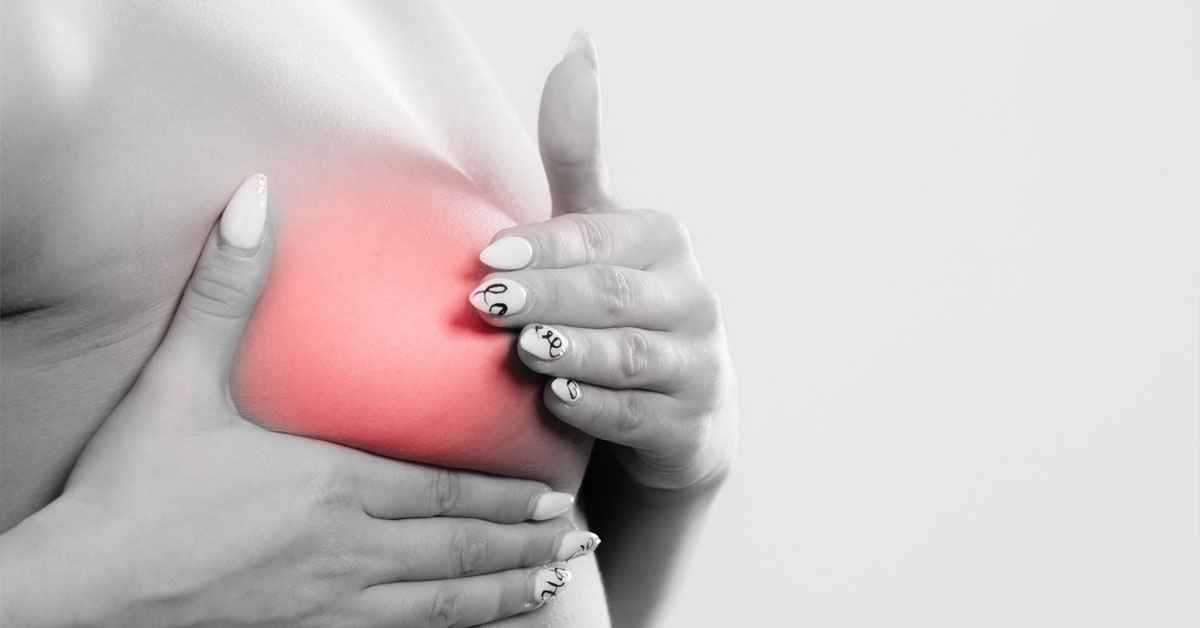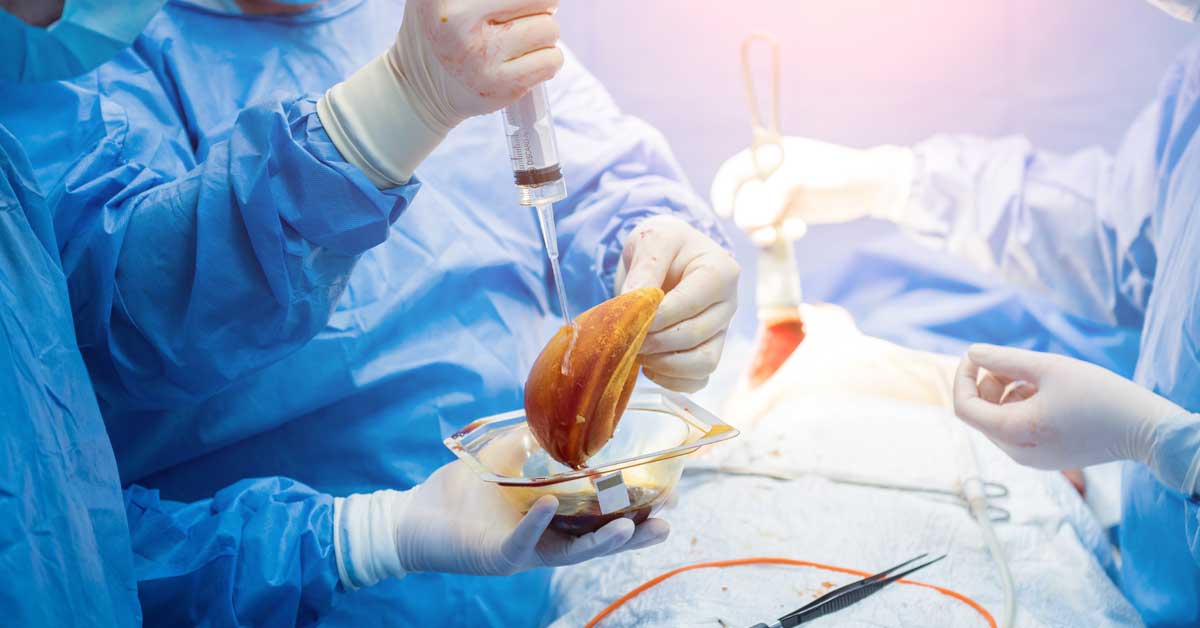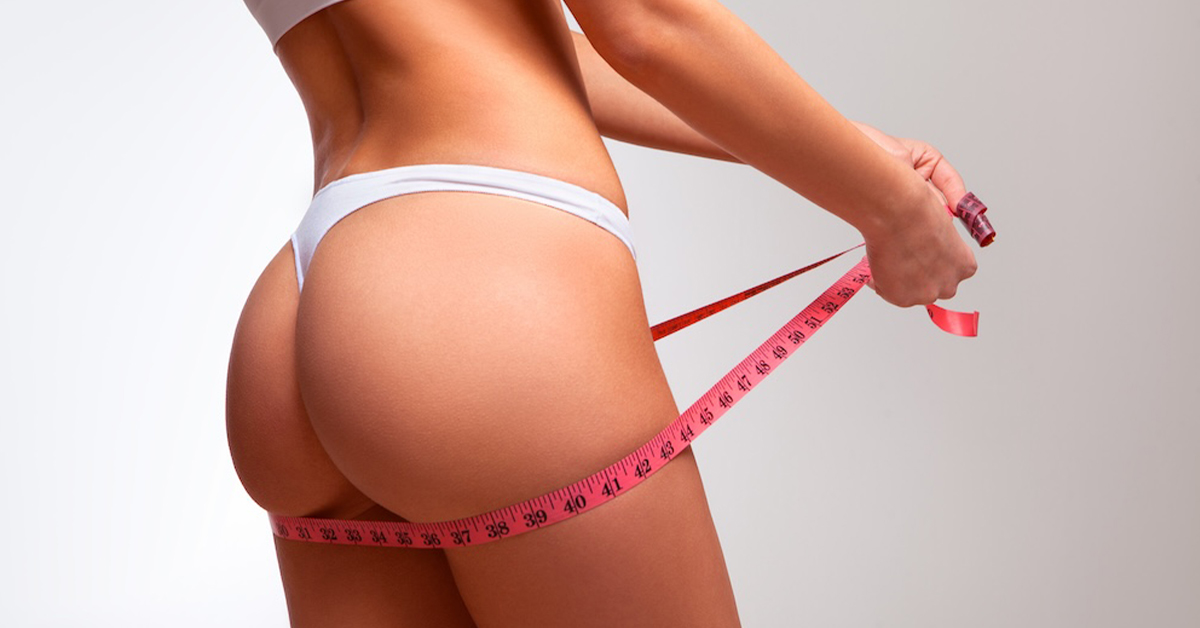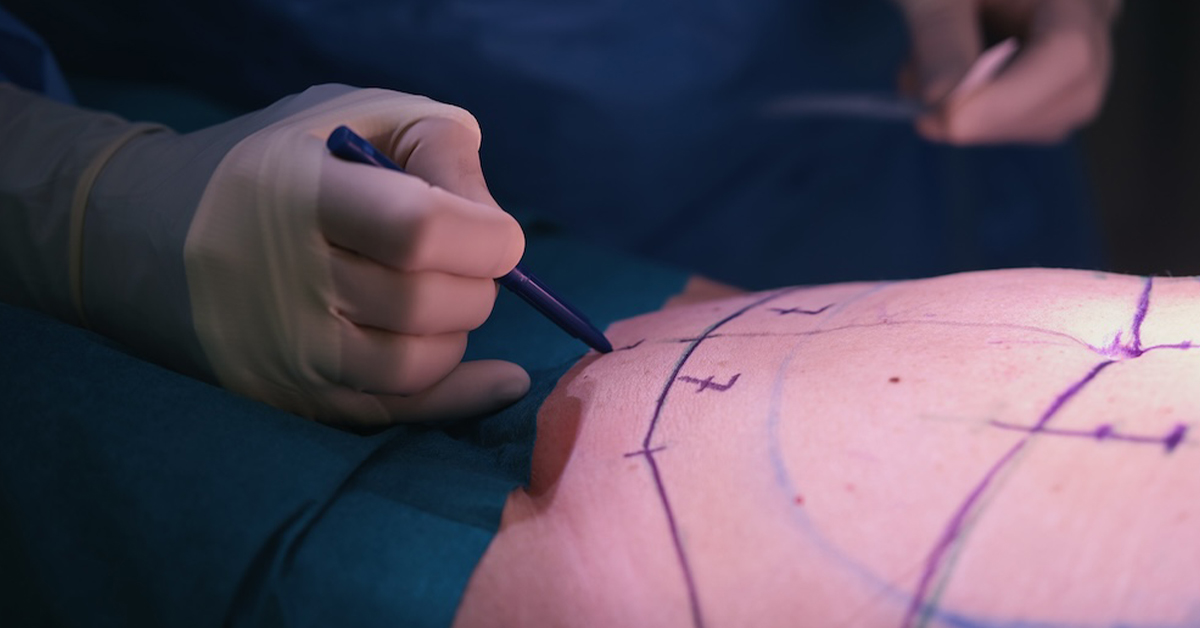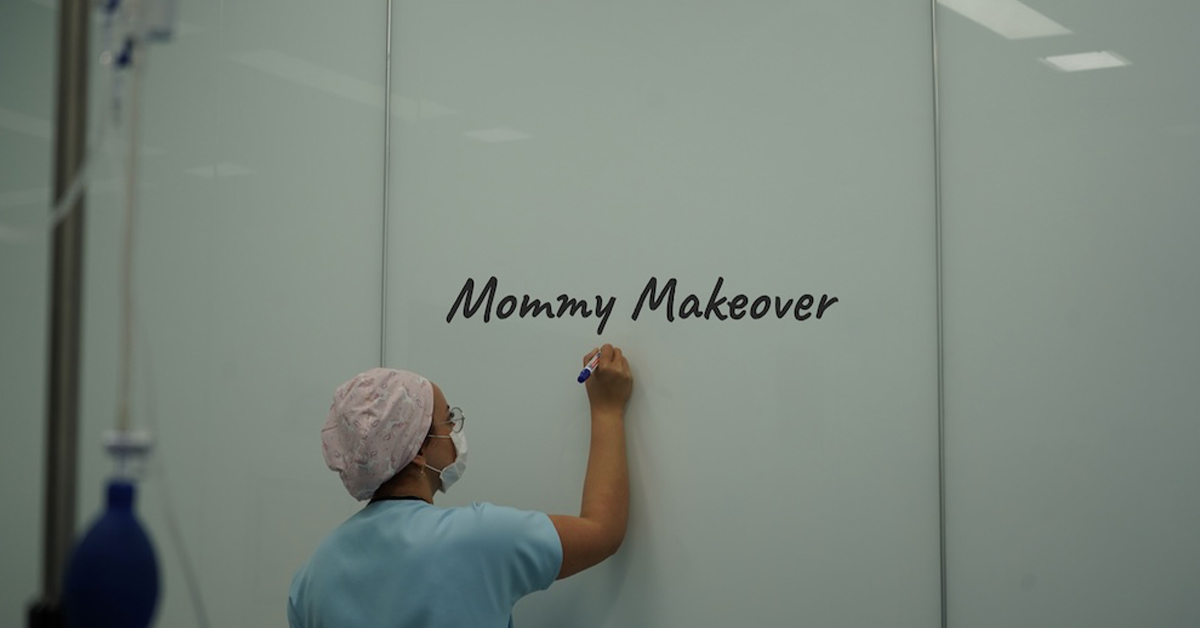What Does Capsular Contracture Feel Like?
Understanding the sensations associated with capsular contracture is crucial for individuals who have undergone breast augmentation or are considering it. Capsular contracture occurs when the scar tissue that naturally forms around a breast implant tightens and contracts, potentially leading to discomfort and aesthetic concerns.
This condition, affecting a variable percentage of breast augmentation procedures, can alter the feel and appearance of breast implants over time, making awareness and early detection vital.
Key Highlights
-
Capsular contracture is a common post-surgical complication that alters the feel and appearance of breast implants.
-
Recognizing the early signs can lead to prompt intervention and better outcomes.
-
Treatment options vary from non-surgical approaches to surgical correction, emphasizing the importance of professional consultation.
Understanding Capsular Contracture
At its core, capsular contracture is the body’s response to foreign objects, such as breast implants. This natural defense mechanism involves the formation of a capsule of scar tissue.
While typically benign and unnoticeable, in some instances, the capsule can tighten and squeeze the implant, causing various degrees of firmness, shape distortion, and discomfort. Factors contributing to the development of capsular contracture include surgical technique, the type of implant used, and individual patient responses.
The progression from a soft, natural-feeling breast to one that is firm and possibly painful signifies the development of capsular contracture. Patients may describe the sensation as unusually tight or stiff, with some experiencing tenderness or pain upon touch.
These symptoms can affect one or both breasts and might evolve gradually or appear suddenly.
The Physical Sensations of Capsular Contracture
Capsular contracture manifests in various physical sensations that can evolve over time. Initially, a patient may not notice any significant changes. However, as the condition progresses, several key symptoms and changes in the feel of the breast may become evident:
-
Firmness and Hardness: The breast may start to feel firmer than normal, progressing to a hard feeling that is noticeably different from the unaffected breast or the initial post-operative softness.
-
Shape Distortion: The shape of the breast may appear unnaturally round, elevated, or distorted, deviating from its post-surgery appearance.
-
Pain and Discomfort: While some cases are asymptomatic, others may experience pain, tenderness, or discomfort, particularly when pressure is applied or during certain movements.
-
Tightness and Pressure: A sensation of tightness around the breast, as if it is being squeezed, can be a hallmark sign of capsular contracture.
Understanding these sensations is crucial for early detection and intervention, potentially mitigating more severe complications.
Diagnosis and Stages
Diagnosis of capsular contracture primarily involves a physical examination by a healthcare professional, with attention to the symptoms described by the patient and the physical characteristics of the breast.
In some cases, imaging tests such as an MRI or ultrasound may be recommended to assess the condition of the implant and surrounding tissue.
Capsular contracture is classified into four stages, known as Baker grades:
| Grade | Description |
|---|---|
| Grade I | The breast is normally soft and appears natural in size and shape. |
| Grade II | The breast is a little firm but appears normal. |
| Grade III | The breast is firm and appears abnormal. |
| Grade IV | The breast is hard, painful to the touch, and appears abnormal. |
This classification helps in determining the severity of the condition and guiding the treatment approach.
Comparative Analysis: Capsular Contracture VS Other Complications
It’s important to differentiate capsular contracture from other post-surgical complications to ensure appropriate treatment.
A comparison table can clarify these distinctions:
| Complication | Capsular Contracture | Other Complications |
|---|---|---|
| Sensation | Firmness, tightness, pain | May include infection signs (redness, warmth), seroma, hematoma |
| Appearance | Shape distortion, hardness | Swelling, bruising, leakage |
| Onset | Weeks to years post-surgery | Immediate to weeks post-surgery |
| Treatment | Surgical removal or revision, medication | Often requires immediate medical attention, may involve antibiotics |
Understanding these differences is essential for correct diagnosis and management.
Treatment Options and Prevention
Treatment of capsular contracture varies based on its severity:
-
Non-Surgical Treatments: Include massage, ultrasound therapy, and medication to manage mild cases.
-
Surgical Treatments: Capsulectomy (removal of the capsule), implant replacement, or removal are considered for more severe cases.
Preventive measures are equally important and can include choosing the right type of implant, placement technique, and post-operative care instructions from the surgeon.
Conclusion
Capsular contracture can significantly affect the feel and appearance of breast implants, leading to discomfort and dissatisfaction. Recognizing the signs early and consulting with a healthcare professional can lead to a more favorable outcome. As with any medical condition, individual experiences will vary, making personalized medical advice essential.
Frequently Asked Questions
Capsular contracture occurs when the scar tissue that naturally forms around a breast implant tightens more than it should, squeezing the implant. Causes can include bacterial contamination, hematoma, and genetic predisposition, among others. The exact cause is often difficult to pinpoint, but ongoing research continues to explore prevention and treatment strategies.
In most cases, capsular contracture does not resolve without intervention. Early stages (Grade I or II) might be manageable with non-surgical treatments, such as medications or breast massage, but more advanced cases usually require surgical treatment to correct the condition and alleviate symptoms.
Treatment options vary depending on the severity of the contracture. Non-surgical methods include medications like leukotriene inhibitors. Surgical options may involve removing the scar tissue capsule (capsulectomy), replacing or removing the implant, or using techniques to minimize recurrence, such as using acellular dermal matrix products.
While it’s not possible to guarantee prevention, certain practices can reduce the risk, including the use of textured implants, placing the implant under the muscle, ensuring sterile surgical techniques, and possibly, post-operative massage. Your surgeon can provide personalized recommendations based on your specific situation and risk factors.
Signs of capsular contracture include an increasing firmness of the breast, changes in breast shape, discomfort or pain, and in more severe cases, visible distortion or asymmetry of the breast. If you notice any of these changes, it’s important to consult with your plastic surgeon for an evaluation.
Breast Augmentation in Miami, FL
To initiate your Breast Augmentation journey in Miami, it’s essential to schedule a consultation with our team. If you’re interested in learning more about the procedure, call us now at (305) 406-9055 or conveniently schedule a consultation online. Our experienced professionals will guide you through the process and address any concerns you may have.

